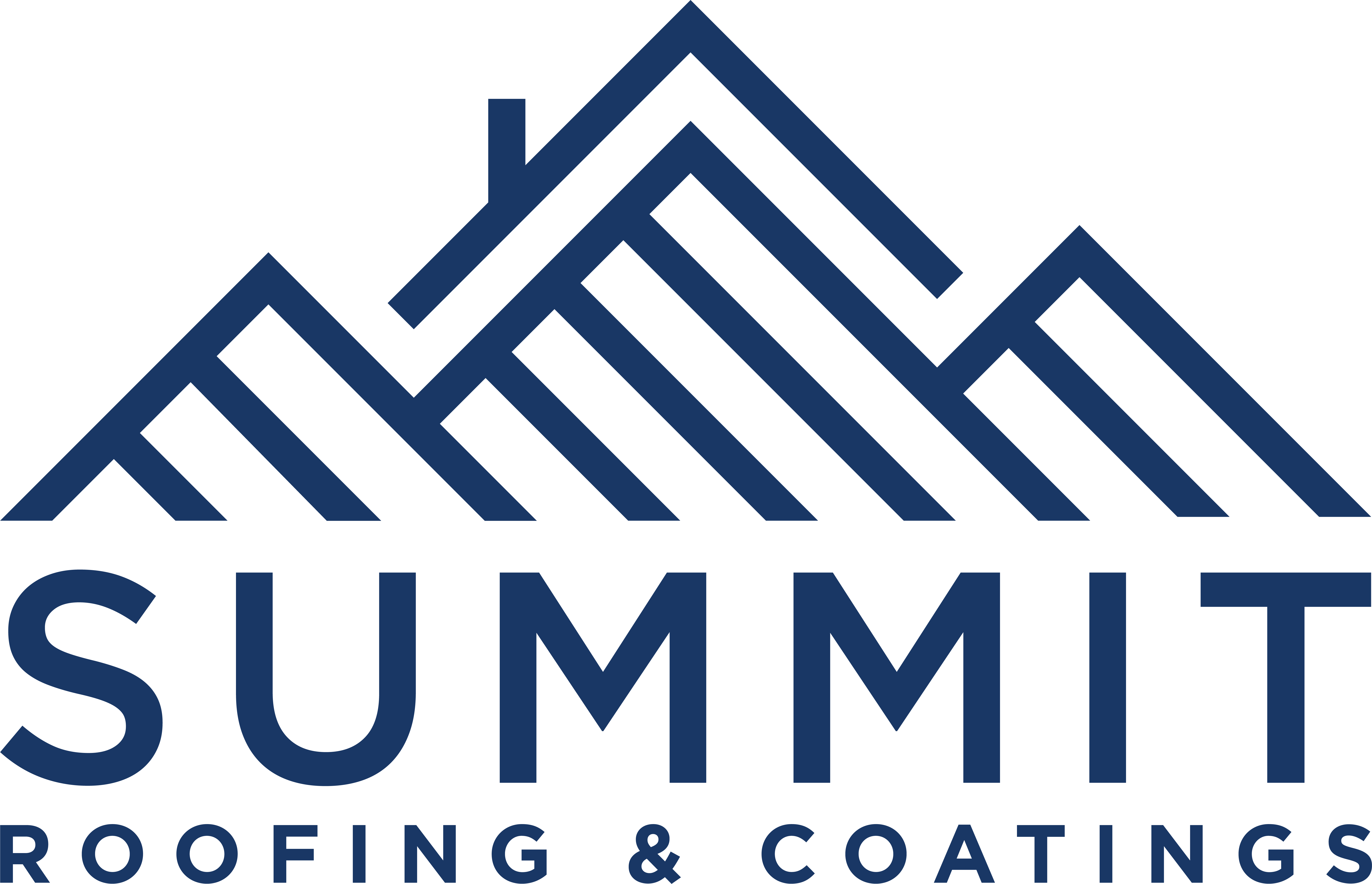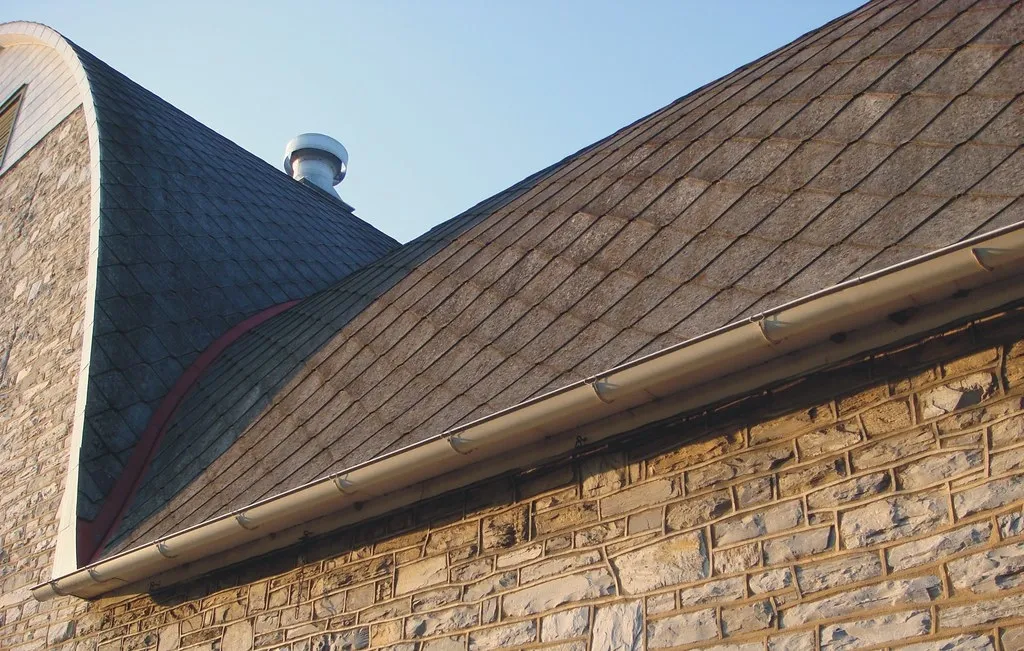As a general contractor with years of experience in the roofing industry, I’ve seen many different roofing materials and systems. One of the most challenging materials to deal with is asbestos shingles, particularly those used in homes built before the 1980s. In this blog post, I want to share insights on asbestos shingles, their risks, and the appropriate steps to take for repair or replacement.
What Are Asbestos Shingles?
Asbestos shingles are roofing materials made from a mixture of cement and asbestos fibers, known for their durability and resistance to fire and weather. These shingles were commonly used in residential roofing until the late 20th century, when the health risks associated with asbestos became widely recognized. As a result, many homeowners and contractors are now faced with the challenge of dealing with existing asbestos roofs.
Risks Associated with Asbestos Shingles
Asbestos is a known carcinogen, and prolonged exposure to its fibers can lead to serious health issues, including lung cancer and mesothelioma. When asbestos shingles are intact and in good condition, the risk of exposure is minimal. However, if the shingles are damaged—such as being cracked, broken, or improperly maintained—there is a significant risk of asbestos fibers becoming airborne.
It is crucial for homeowners and contractors to understand the hazards of working with asbestos materials and to follow proper protocols for handling, repairing, or replacing these shingles.
Repairing Asbestos Shingles
If you have asbestos shingles on your roof, it’s important to assess their condition. In some cases, repair may be an option. Proper repairs should involve:
- Assessing Damage: Inspect the shingles for cracks, breaks, or other damage that may compromise their integrity.
- Avoiding Disturbance: If the shingles are intact, it’s crucial to avoid disturbing them to prevent the release of asbestos fibers.
- Hiring Professionals: For any repairs, it’s best to consult with a qualified contractor who has experience working with asbestos. They will know how to handle the material safely and comply with local building codes and OSHA regulations.
Replacing Asbestos Shingles
When the damage is extensive or if the shingles are nearing the end of their lifespan, replacement may be necessary. Here’s what to consider when replacing asbestos shingles:
- Consulting Professionals: Always seek out a licensed contractor experienced in asbestos removal. They will follow the proper guidelines for handling, packaging, and disposing of asbestos shingles in compliance with local and federal regulations.
- Following Regulations: Ensure that the contractor adheres to OSHA requirements and local building codes for asbestos removal to minimize risks to health and safety.
- Selecting Replacement Materials: When replacing asbestos shingles, consider using modern roofing materials that offer superior durability and energy efficiency, such as asphalt shingles or metal roofing.
The Importance of Inspections and Maintenance
Regular inspections and maintenance are crucial for all roofing systems, especially those containing asbestos. Homeowners should schedule routine inspections with qualified professionals to assess the condition of their roofs and identify any potential hazards.
- Regular Inspections: Having an experienced contractor inspect your roof regularly can help identify issues before they become significant problems.
- Proper Maintenance: Maintenance tasks such as cleaning debris, checking for leaks, and ensuring proper drainage can help extend the life of your roof and minimize potential risks associated with asbestos.
Conclusion
Asbestos shingles present unique challenges for homeowners and contractors alike. Understanding the risks, adhering to safety regulations, and knowing when to repair or replace these shingles is essential for protecting both health and property.
If you have asbestos shingles on your roof and need expert advice, contact Summit Roofing. As a veteran-owned company, we are committed to providing safe, reliable solutions for all your roofing needs, ensuring compliance with local regulations and prioritizing the health and safety of our clients. Let us help you navigate the complexities of asbestos roofing and keep your home safe and secure.

